
Biphasic Capsules
Isosorbide-5-mononitrate 25/50 mg
MINAPHARM

Tablets
Isosorbide-5-mononitrate 20/40 mg
MINAPHARM

Eye Drops
Hydroxypropyl Methyl Cellulose 3.2 mg
Bausch & Lomb
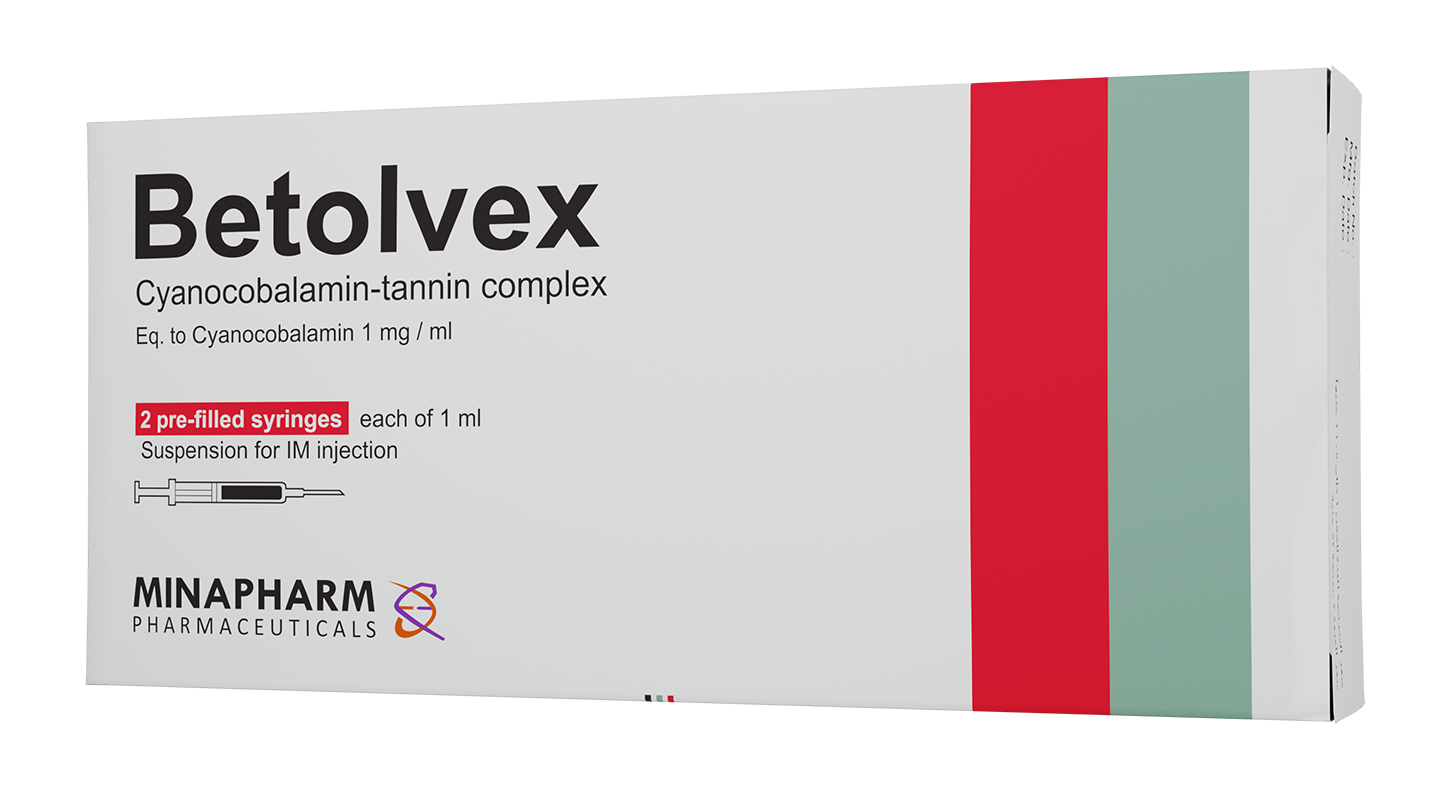
Ampoules/Pre-filled Syringes
Cyanocobalamin-Tannin complex 1 mg
MINAPHARM

Baby Drops
100 million live Limosilactobacil-lus reuteri
Biogaia

Tablets
Alfacalcidol 0.25/ 0.50/ 1.0 μg
Teijin Pharma Limited
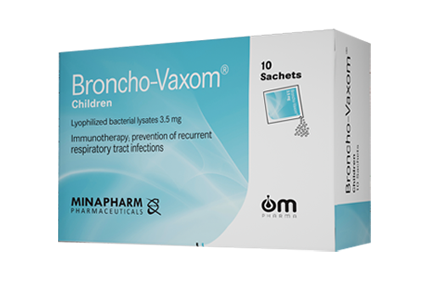
Sachets
Lyophilized bacterial lysates 3.5 mg
OM Pharma
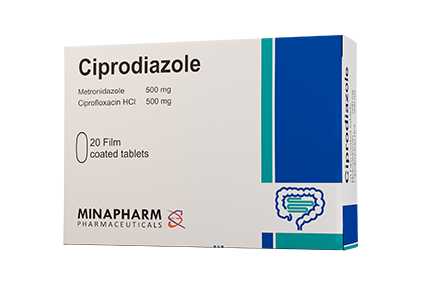
Tablets
Ciprofloxacin 500 mg + Metronidazole 500 mg
MINAPHARM
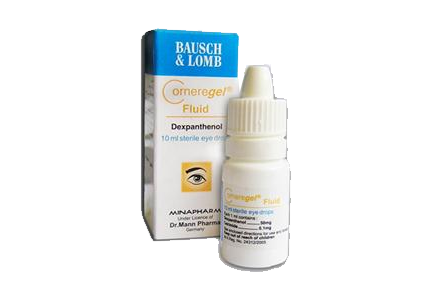
Eye Drops
Dexapanthenol 50 mg & hypromellose polymer
Bausch & Lomb
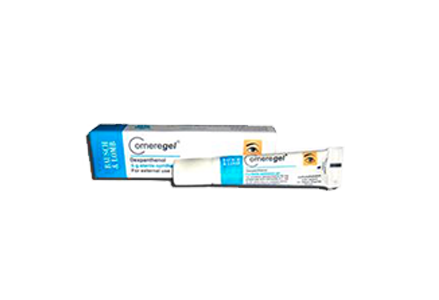
Gel
50 mg dexapanthenol & polyacrylic polymer
Bausch & Lomb
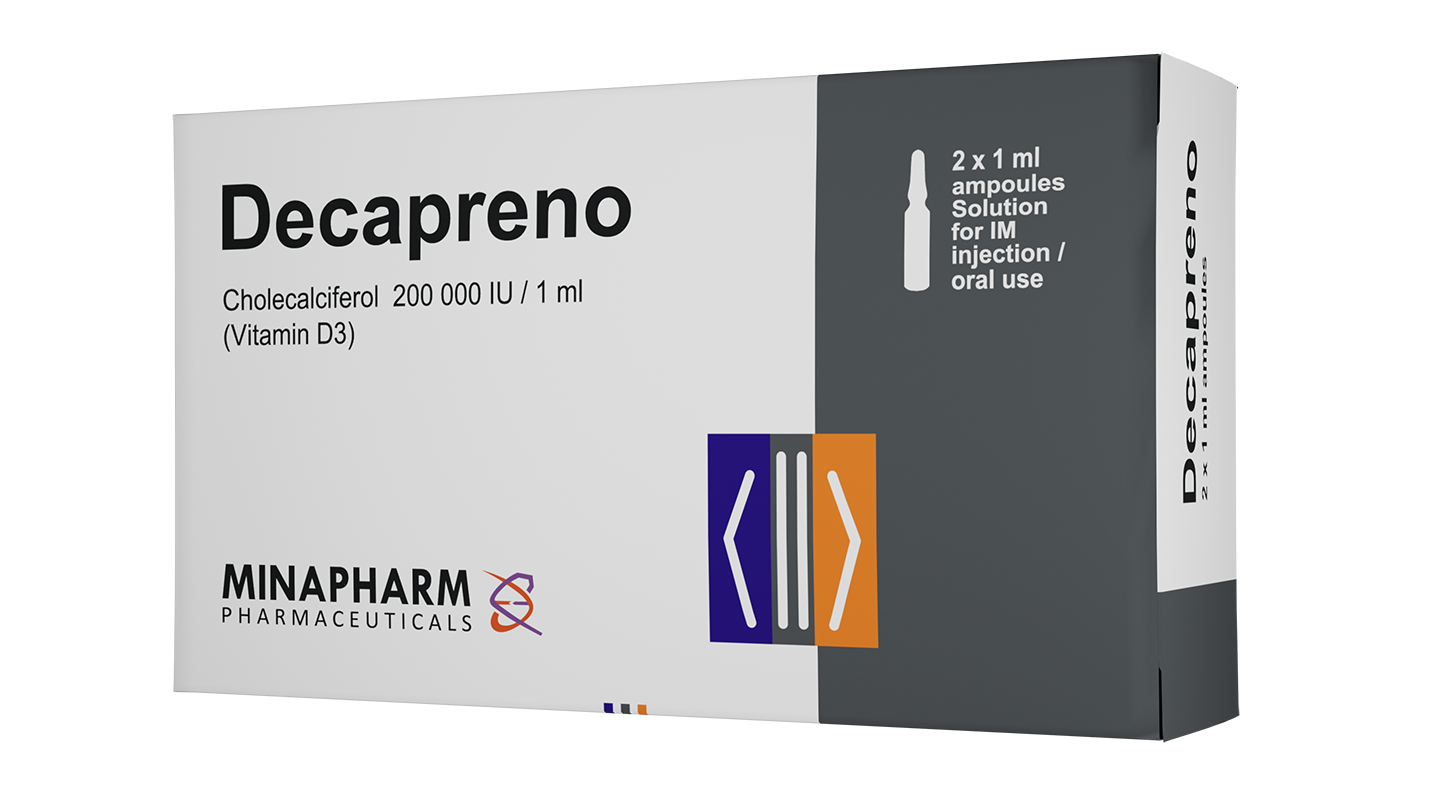
Ampoules
Cholecalciferol 200,000 IU
MINAPHARM
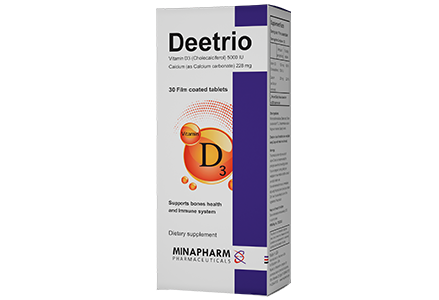
Caplets
Vitamin D3 cholecalciferol 5000 IU and Calcium Carbonate 228 mg
MINAPHARM
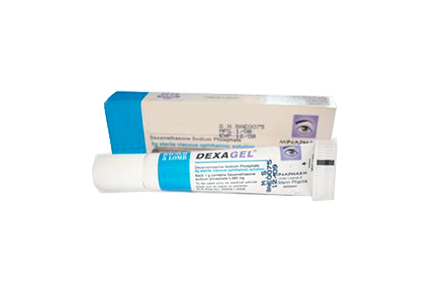
Gel
Dexamethasone sodium phosphate 0.1%
Bausch & Lomb
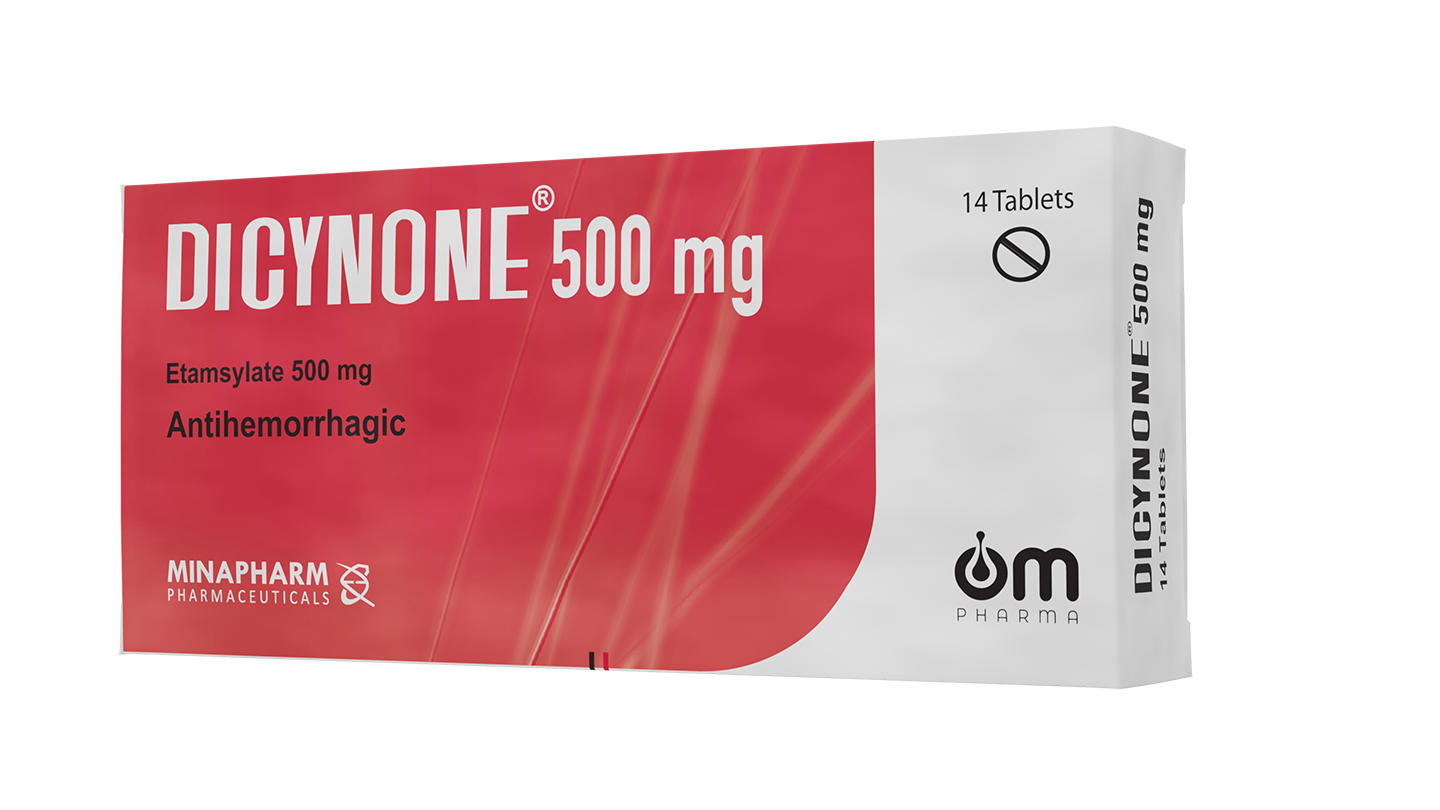
Tablets
Ethamsylate 500 mg
OM Pharma
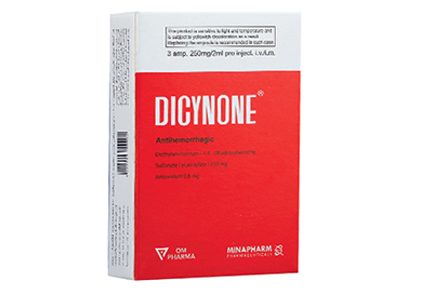
Ampoules
Ethamsylate 250 mg
OM Pharma
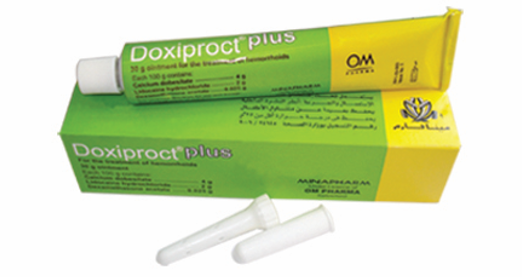
Ointment
Calcium dobesilate 40 mg + Lidocaine 20 mg +Dexamethasone acetate 0.25 mg
OM Pharma
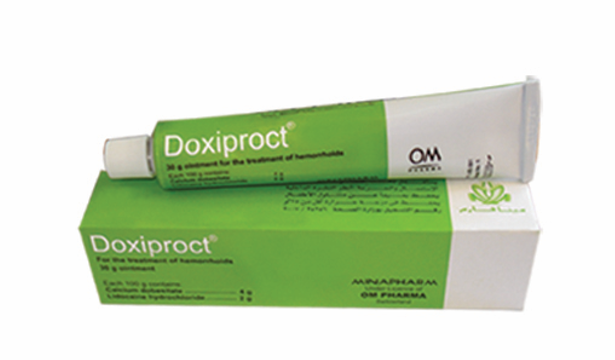
Ointment
Calcium dobesilate 40 mg + Lidocaine 20 mg
OM Pharma
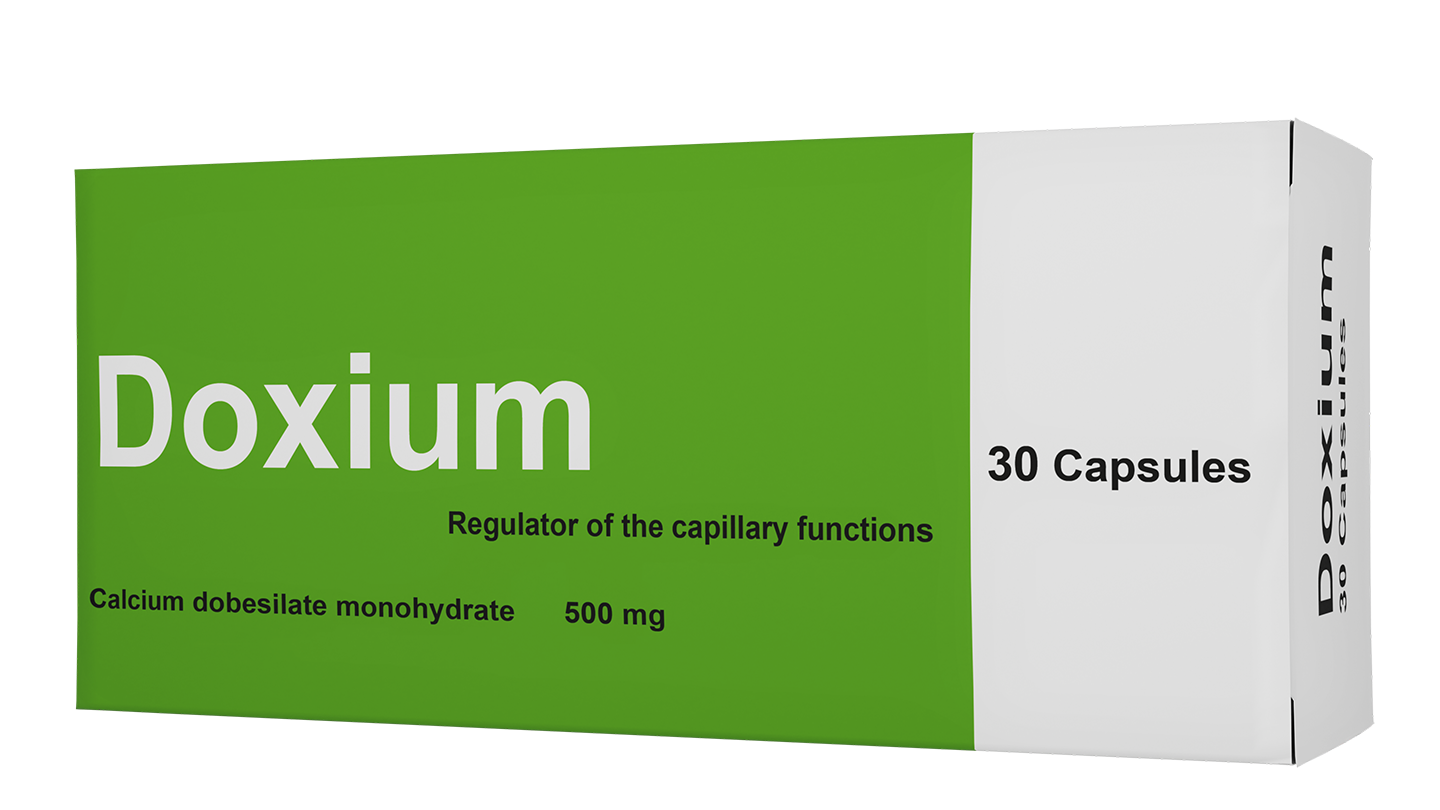
Capsules
Calcium Dobesilate 500 mg
OM Pharma
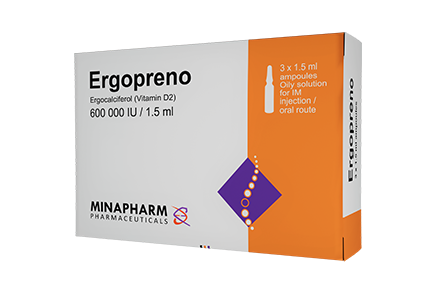
Ampoules
Ergocalciferol 600,000 IU
MINAPHARM
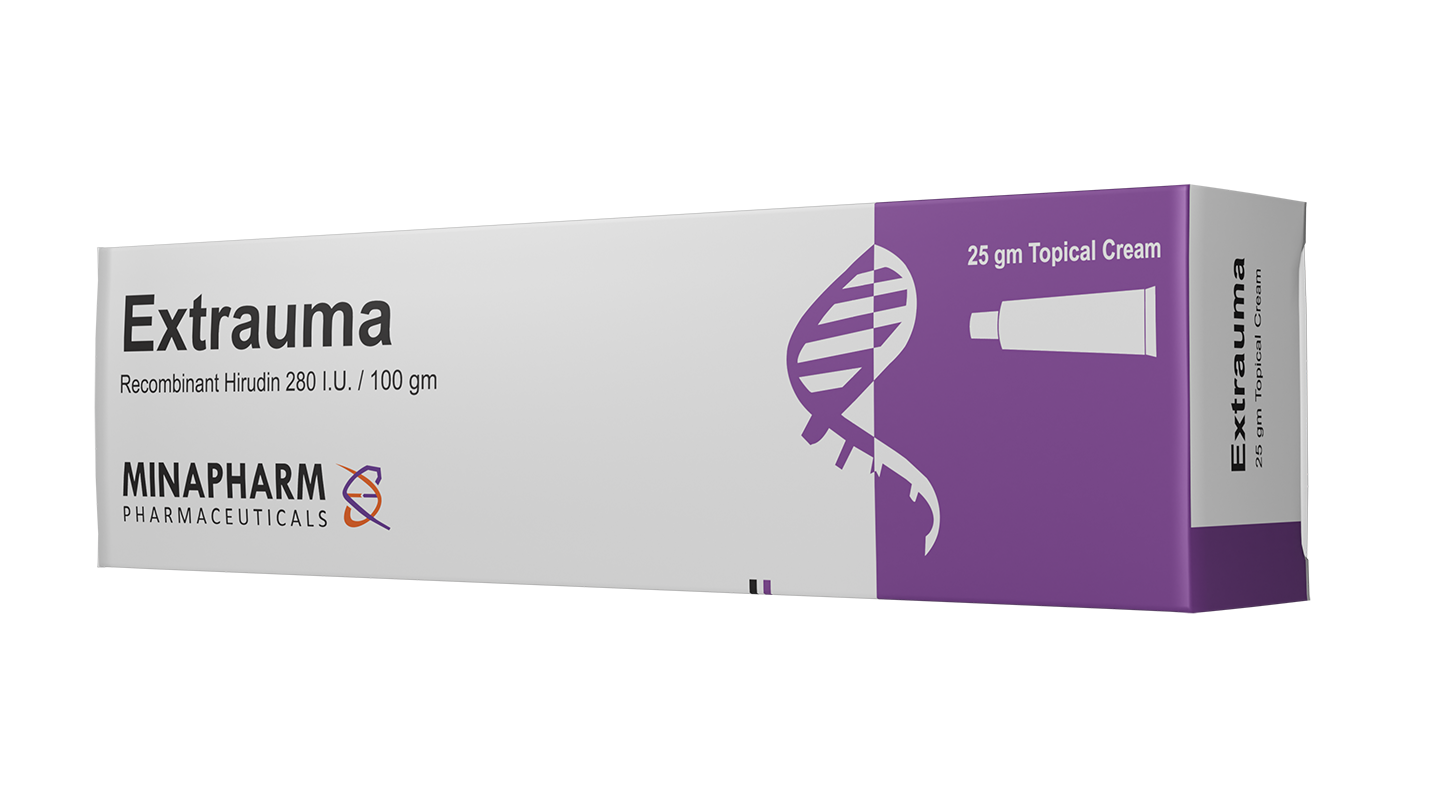
Cream
Recombinant Hirudin 280 IU
MINAPHARM
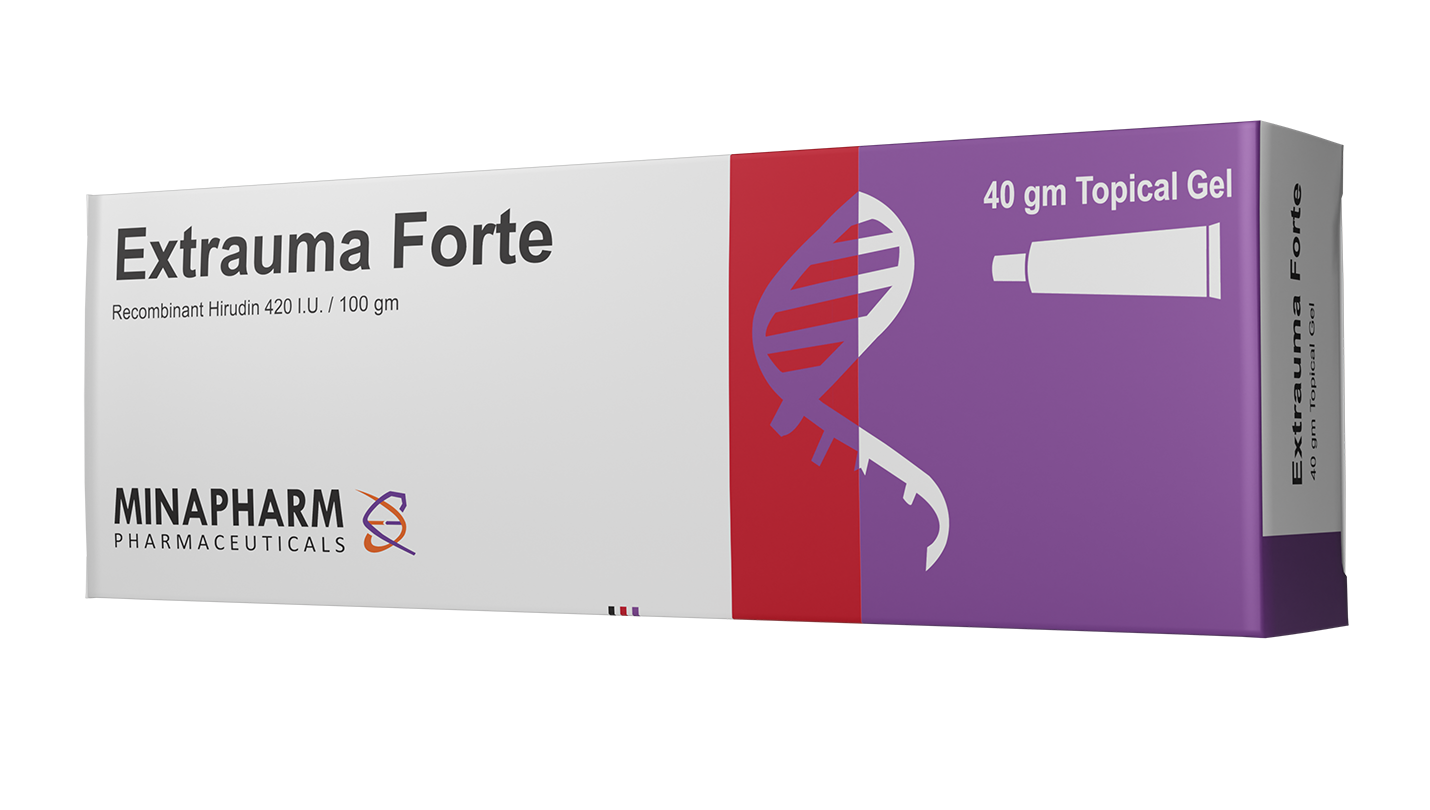
Gel
Recombinant Hirudin 420 IU
MINAPHARM
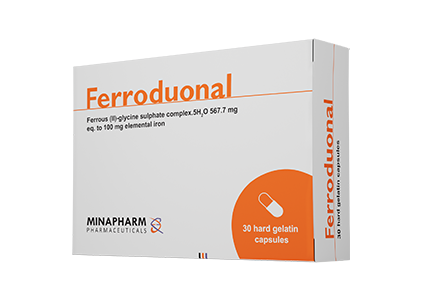
Capsules
Ferrous Glycine Sulphate Complex 567.7 mg
MINAPHARM
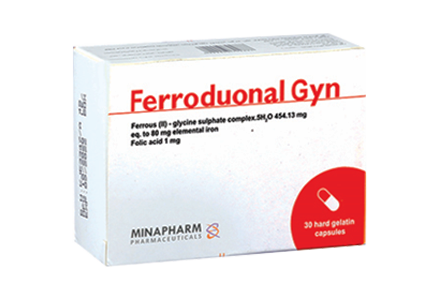
Tablet in Capsule
Ferrous Glycine Sulphate complex 454 mg + Folic Acid 1 mg
MINAPHARM
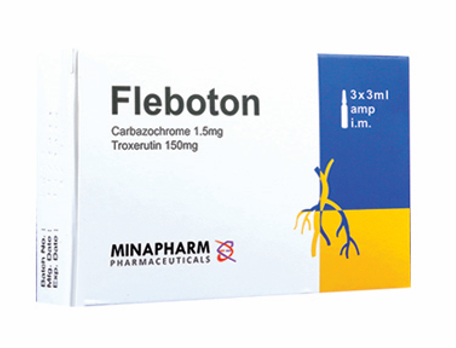
Ampoules
Carbazochrome 1.5 mg + Troxerutin 150 mg
MINAPHARM
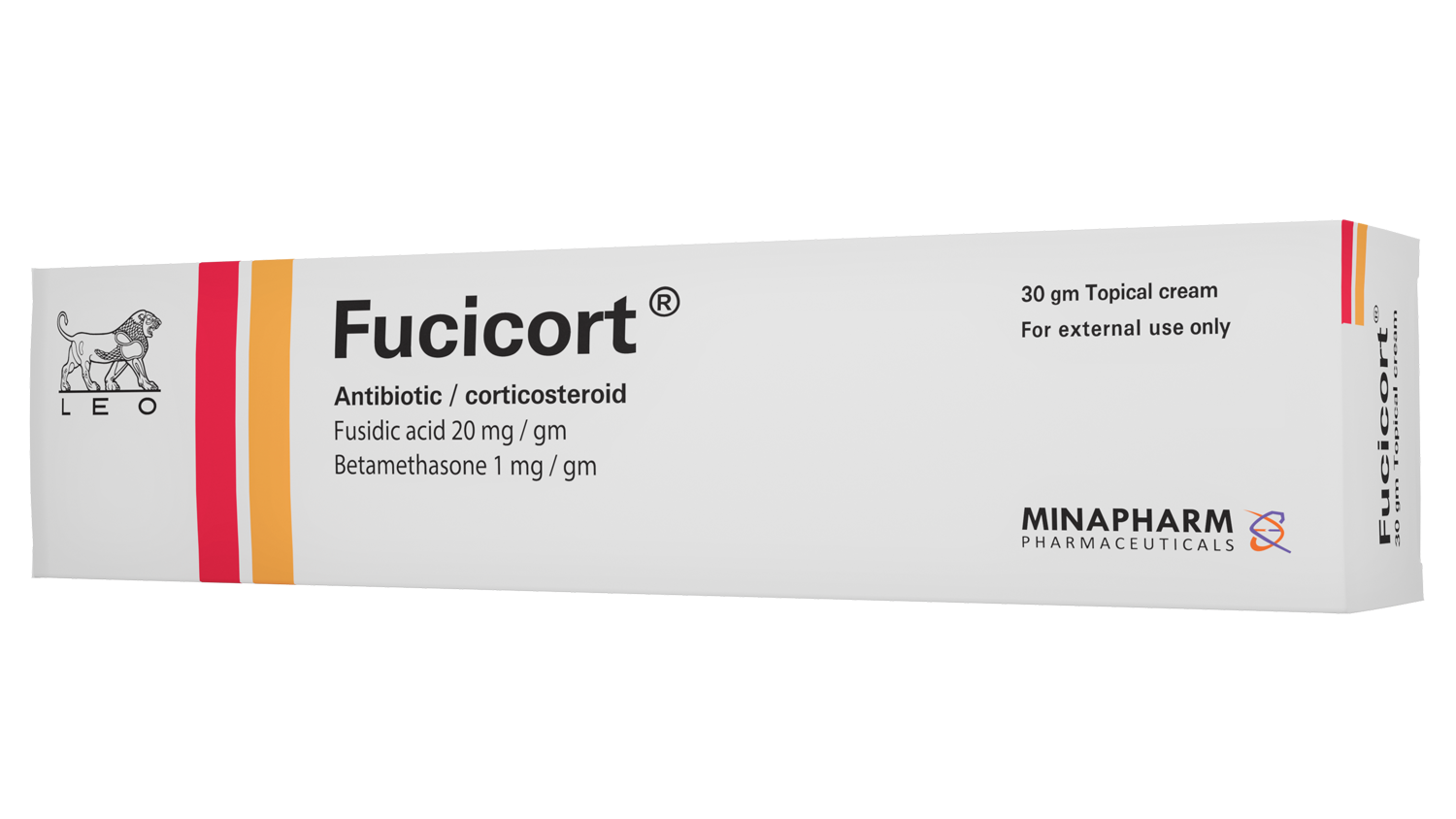
Cream
Fusidic Acid 20 mg/ Betamethasone 1 mg
LEO
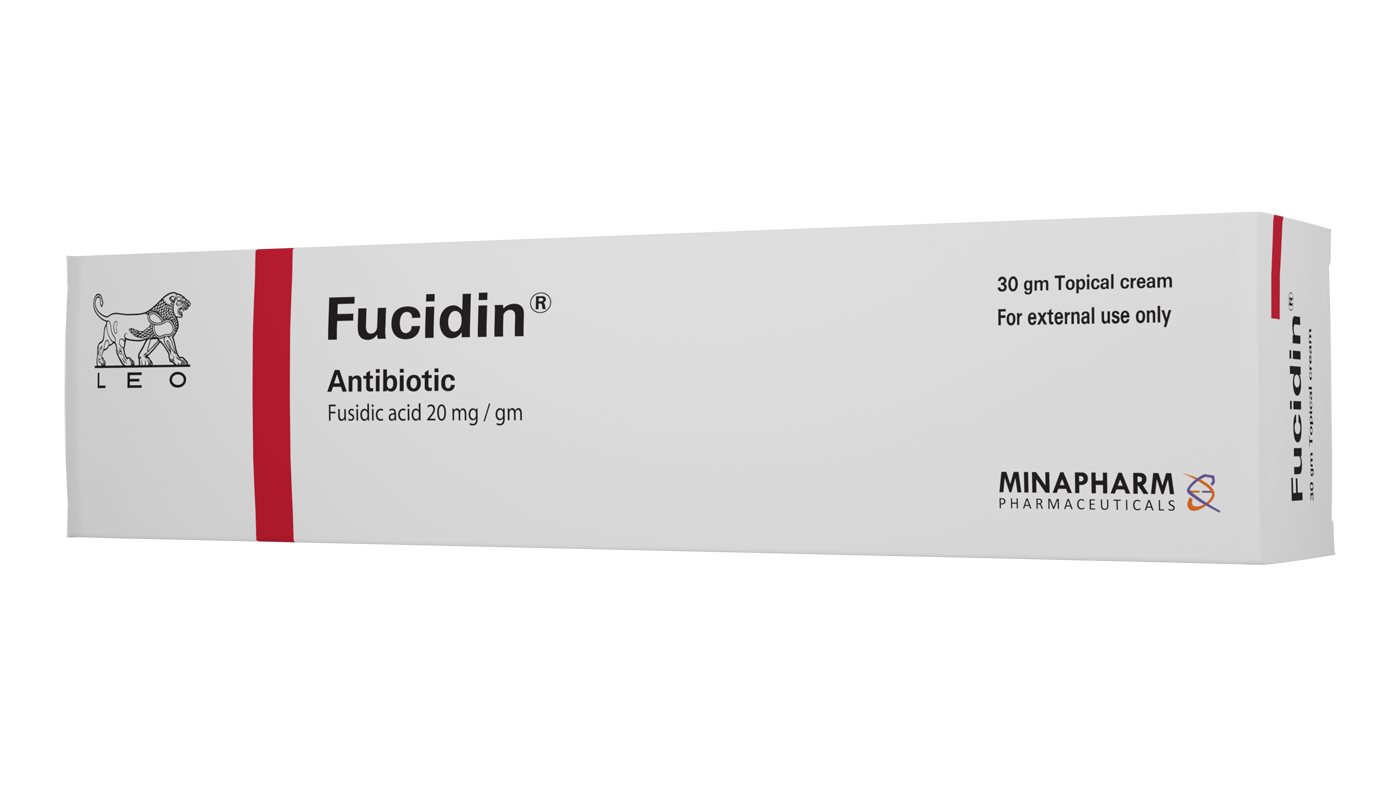
Cream
Fusidic Acid 20 mg
LEO
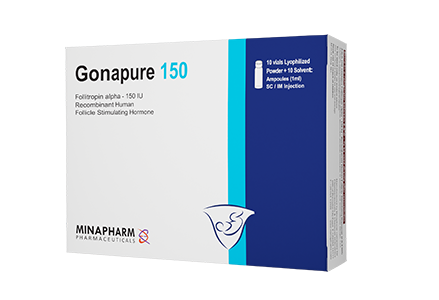
Vials
Recombinant FSH 150 IU
MINAPHARM
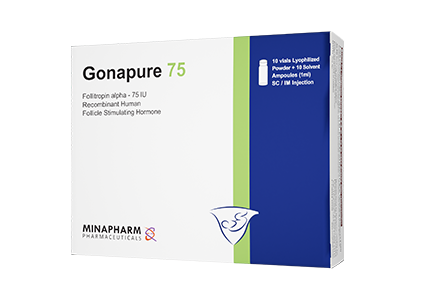
Vials
Recombinant FSH 75 IU
MINAPHARM

Spray/ Foam
Minoxidil 2% / 5%
MINAPHARM
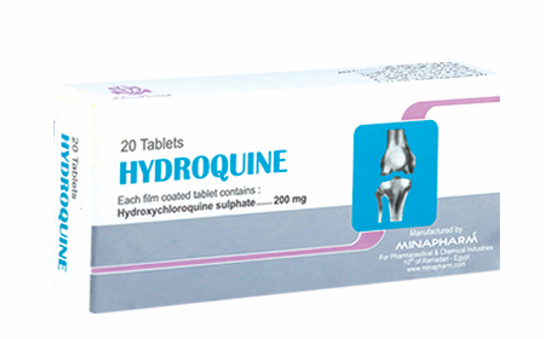
Tablets
Hydroxychloroquine 200 mg
MINAPHARM
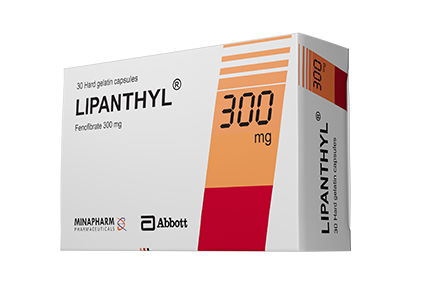
Capsules
Fenofibrate 300 mg
Abbott
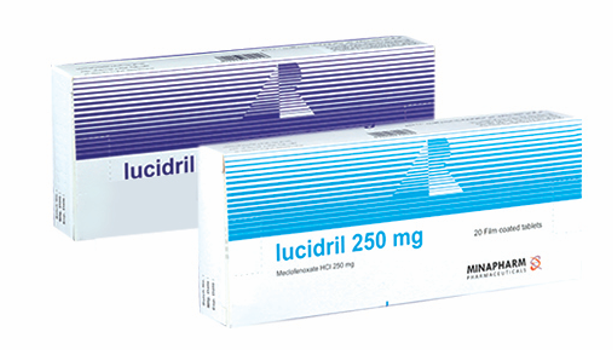
Tablets
Meclofenoxate 250 mg/ 500 mg
MINAPHARM
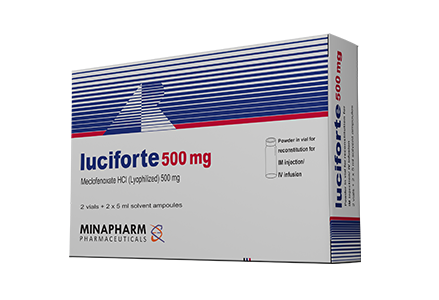
Vials
Meclofenoxate 500 mg
MINAPHARM
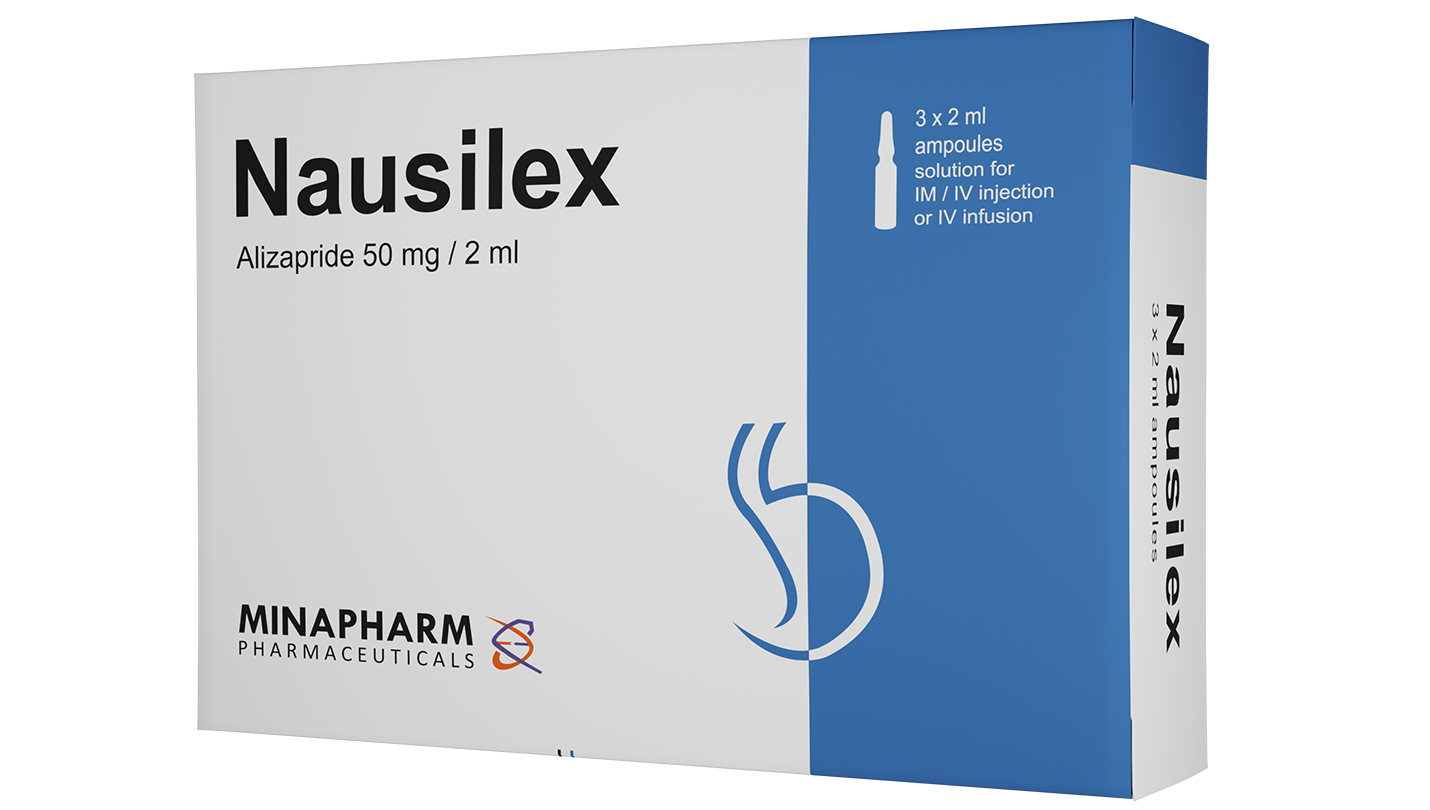
Ampoules
Alizapride 50 mg
MINAPHARM
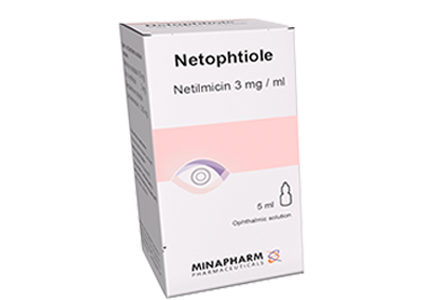
Eye Drops
Netilmicin 3 mg
MINAPHARM
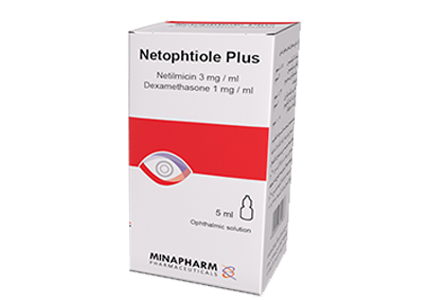
Eye Drops
Netilmicin 3 mg + Dexamethasone 1 mg
MINAPHARM
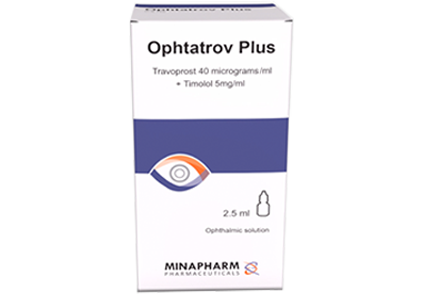
Eye Drops
Travoprost 40 μg + Timolol 5 mg
MINAPHARM
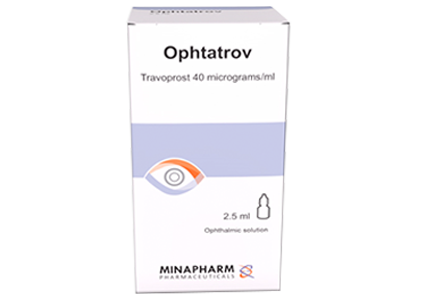
Eye Drops
Travoprost 40 mcg
MINAPHARM
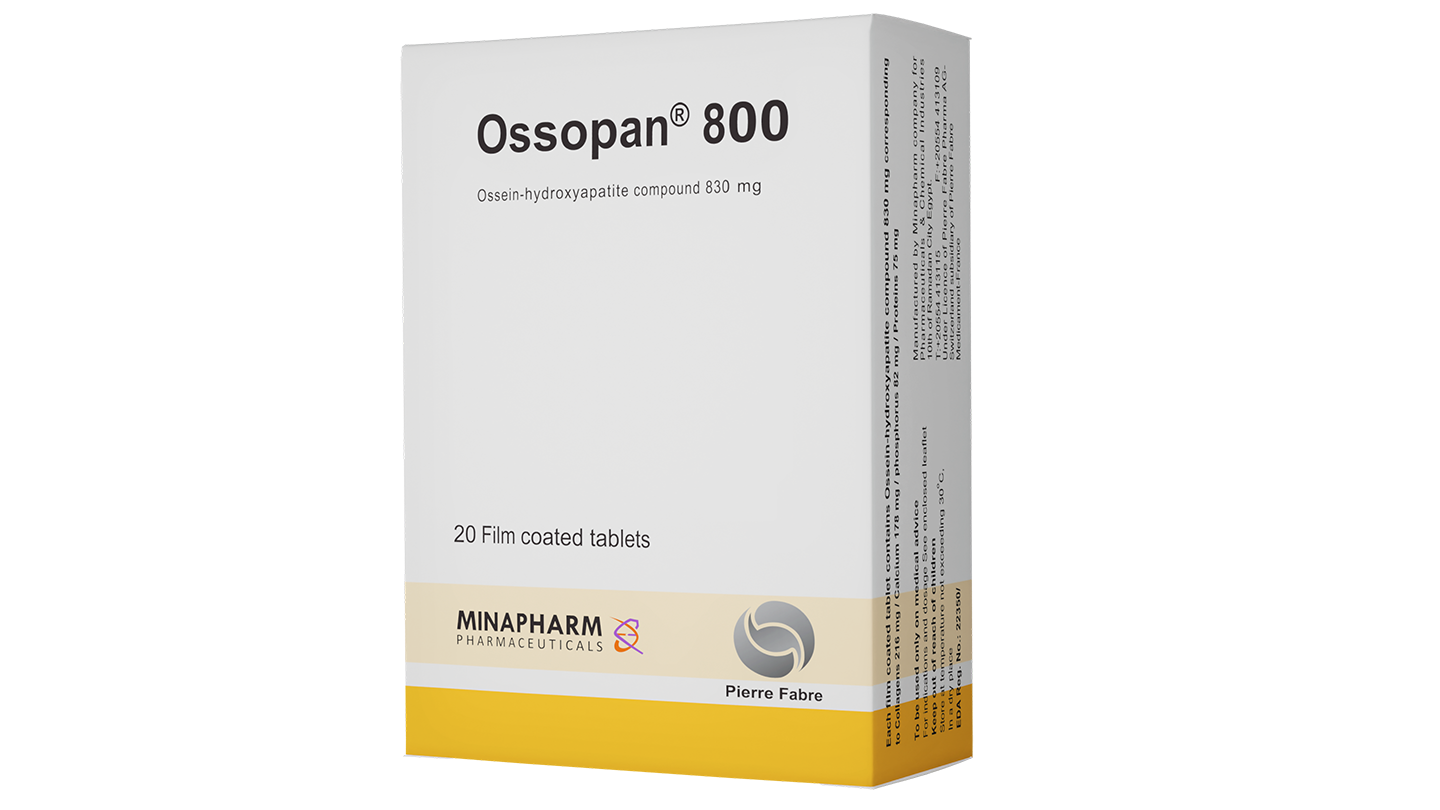
Tablets
Ossein Hydroxyapatite 830 mg
Pierre Fabre
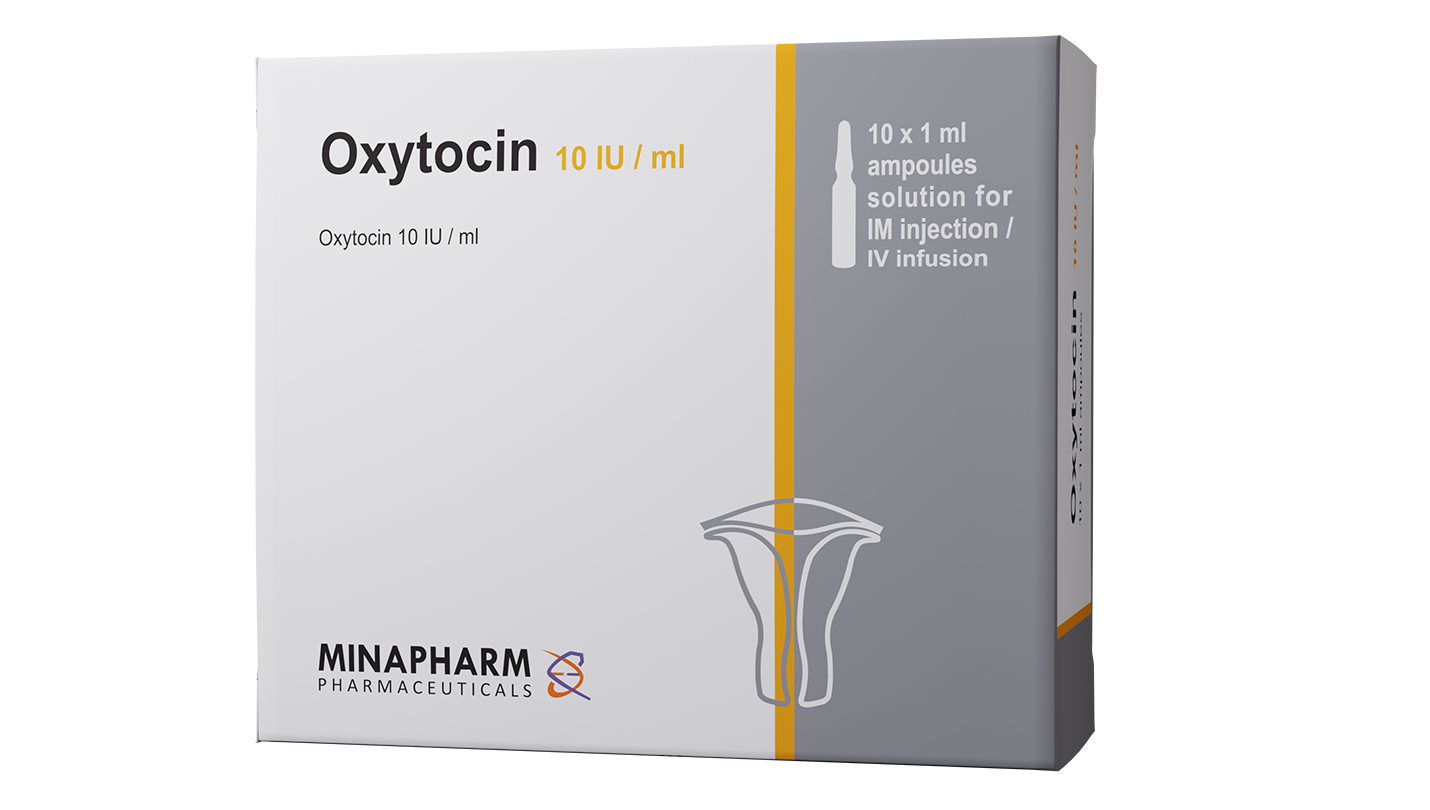
Ampoules
Oxytocin 5 IU/ 10 IU
MINAPHARM
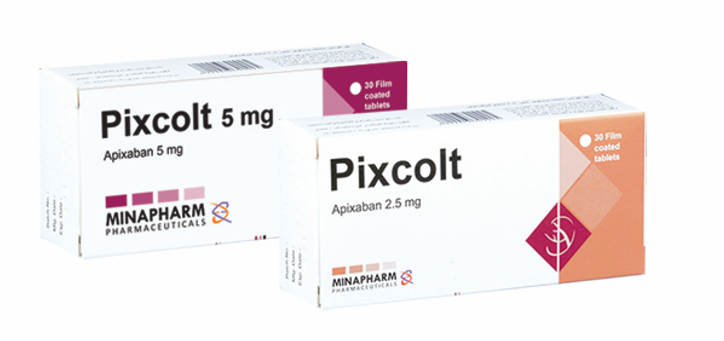
Tablets
Apixaban 2.5 mg/ 5 mg
MINAPHARM
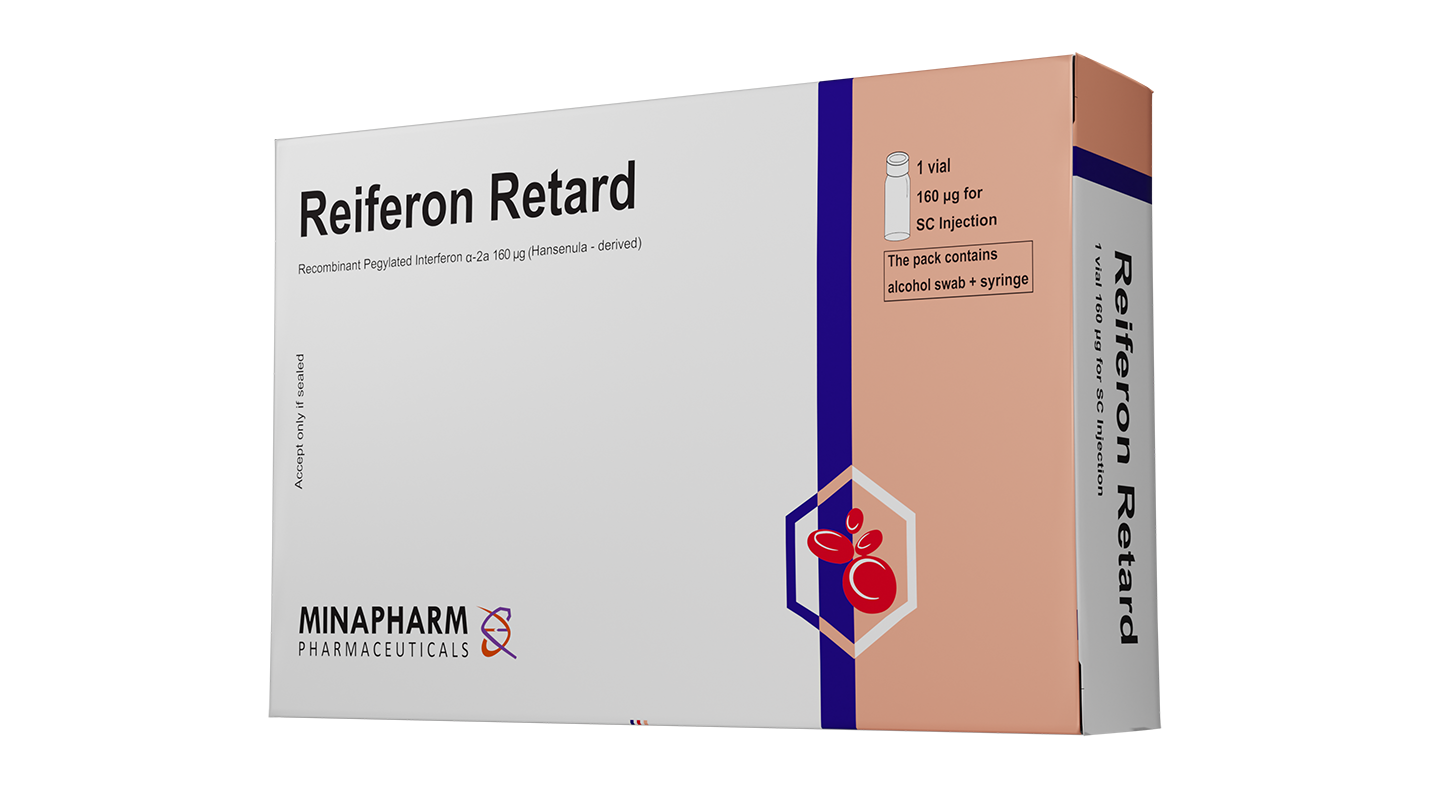
Ampoules
Pegylated Hansenula-derived recombinant interferon alfa-2a 160 µg
MINAPHARM
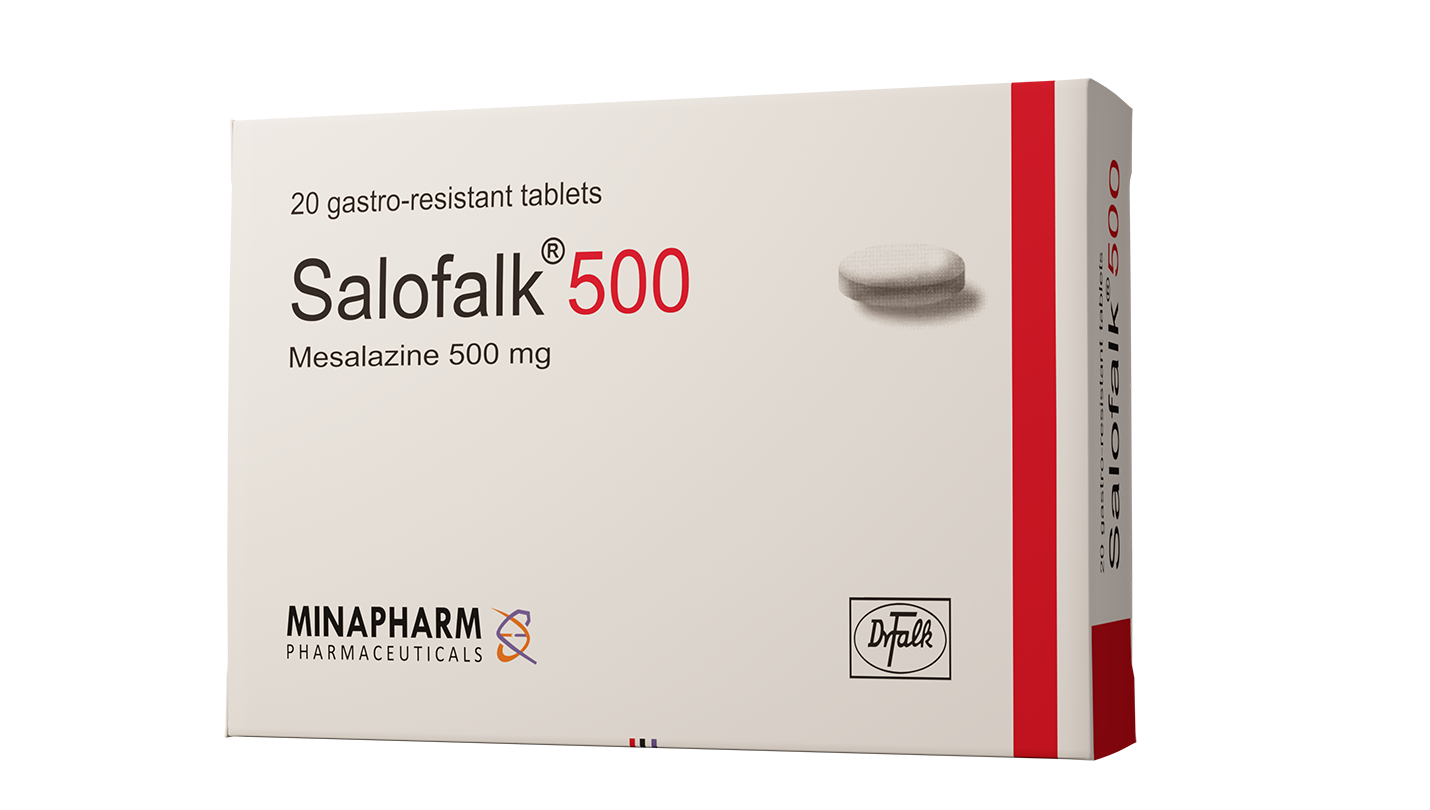
Tablets
Mesalazine 500 mg
Dr. Falk Pharma
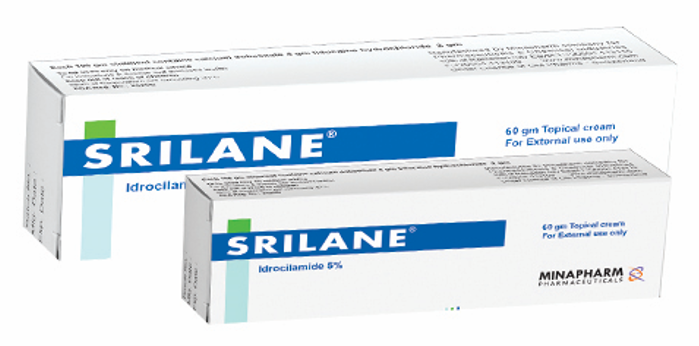
Cream
Idrocilamide 5%
Merck
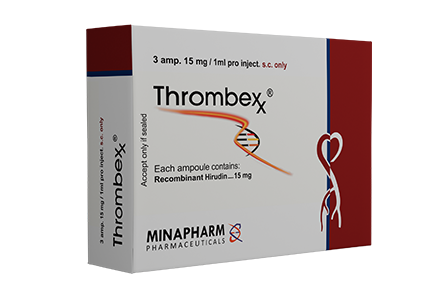
Ampoules
Recombinant Hirudin 15 mg
MINAPHARM
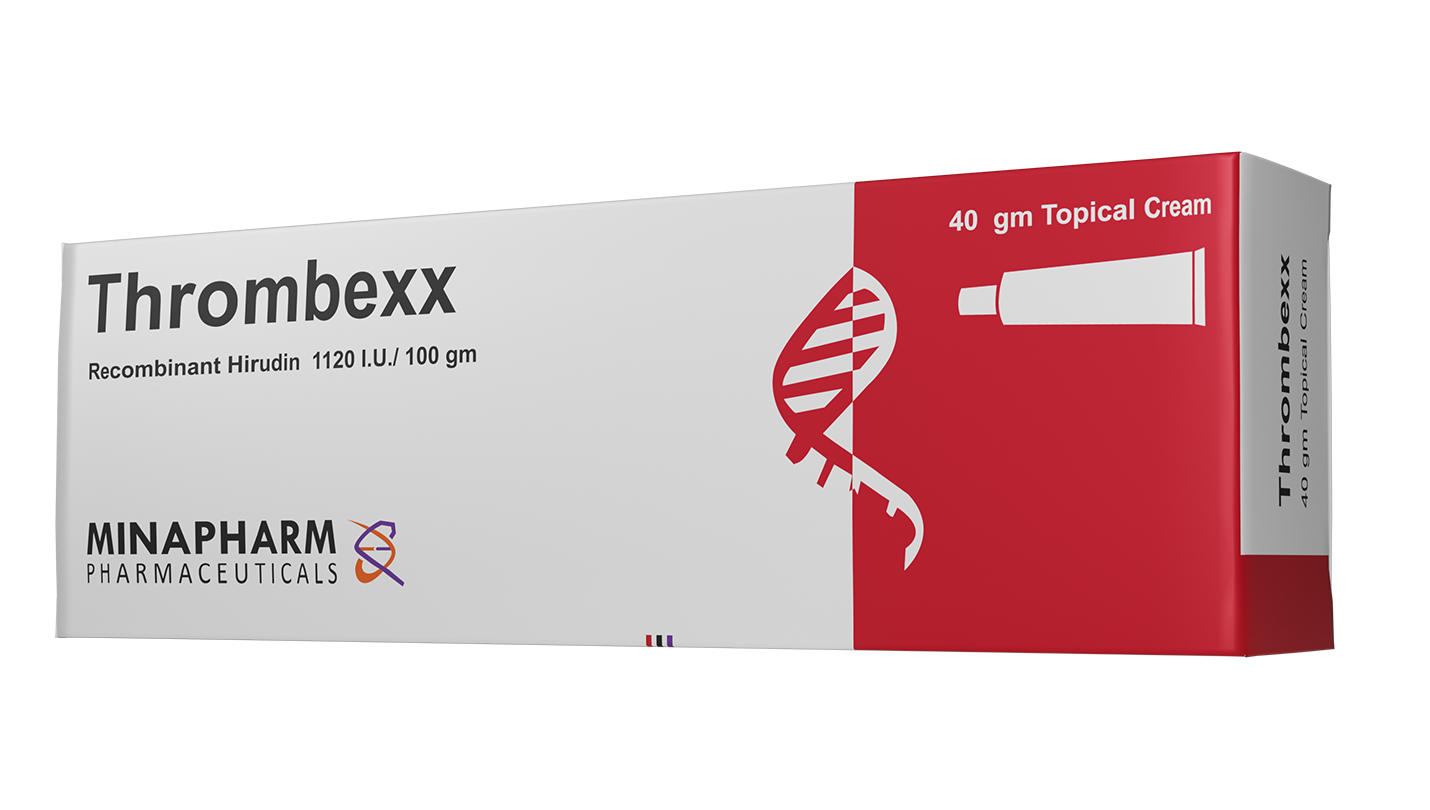
Cream
Topical r-hirudin 1120 IU
MINAPHARM
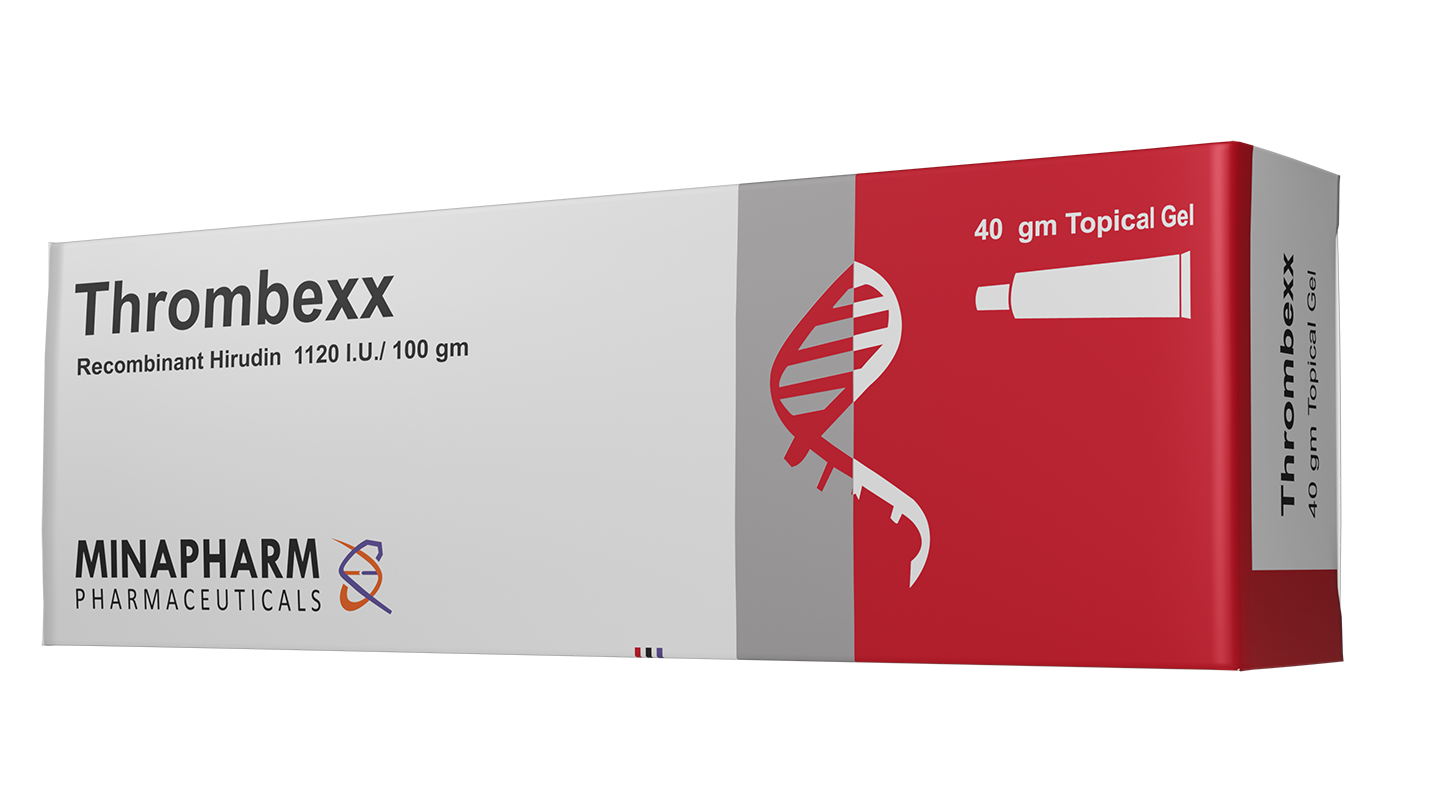
Gel
Topical r-hirudin 1120 IU
MINAPHARM
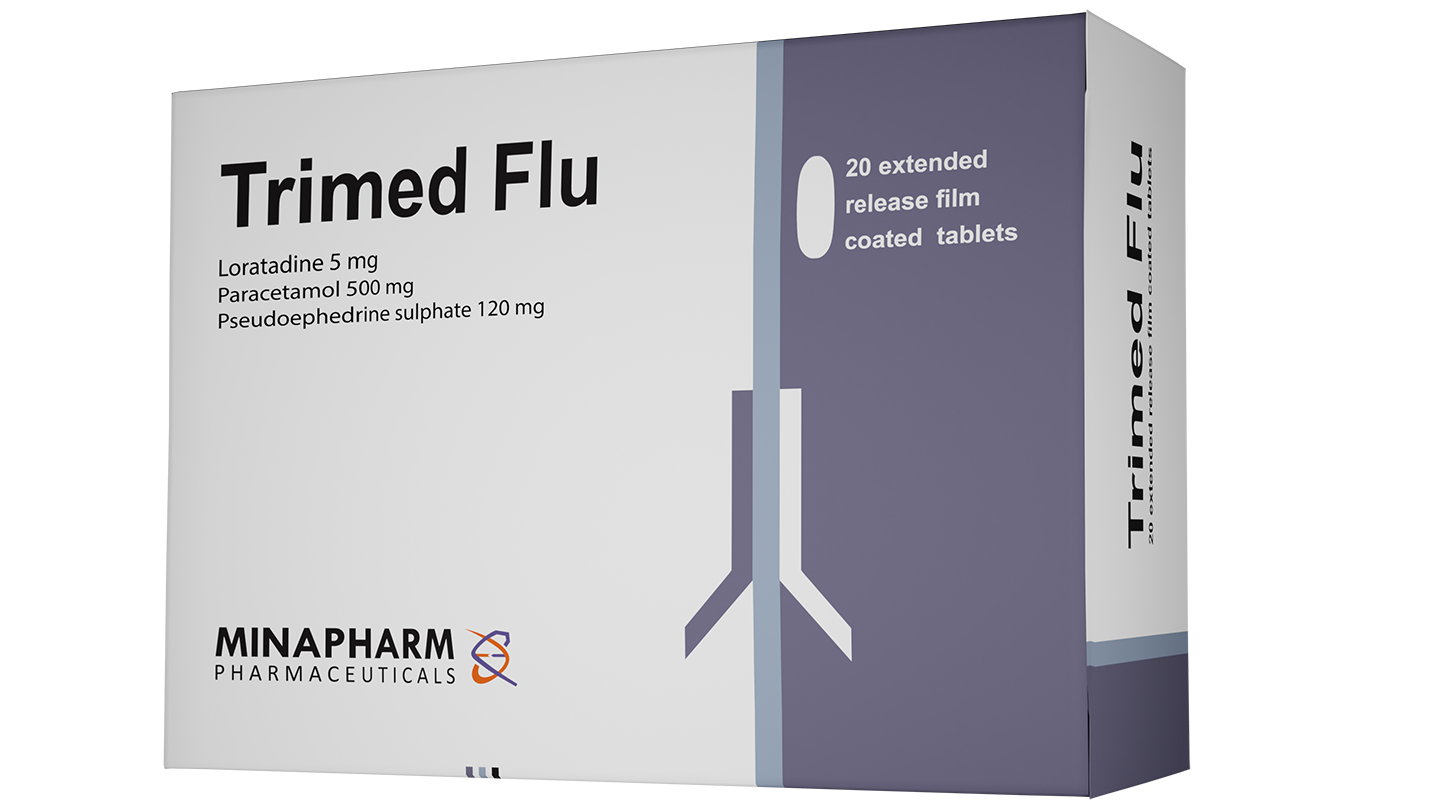
Tablets
Loratadine 5 mg + Pseudoephedrine sulphate 120 mg + Paracetamol 500 mg
MINAPHARM
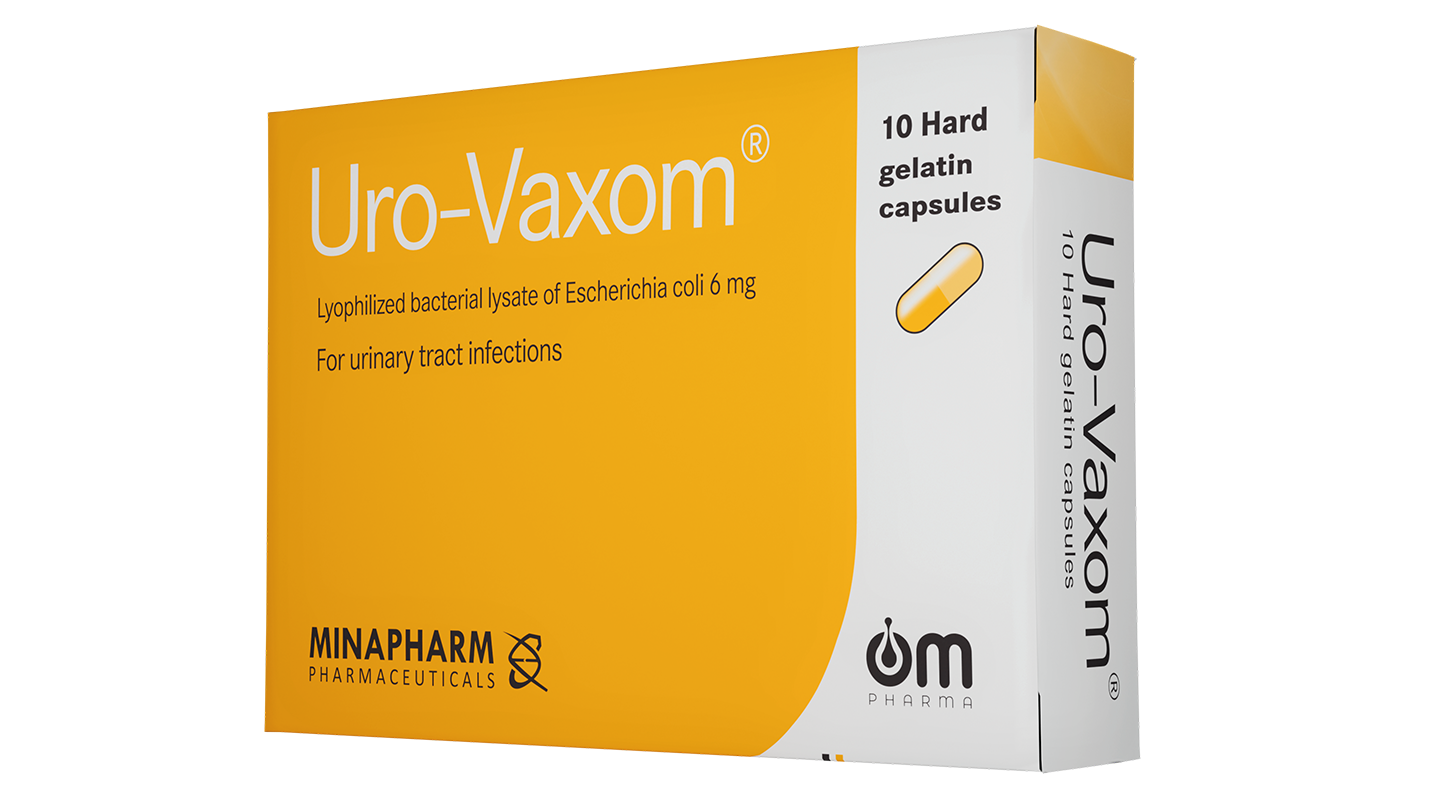
Capsules
6 mg of lyophilized bacterial extract from 18 strain of E-coli
OM Pharma
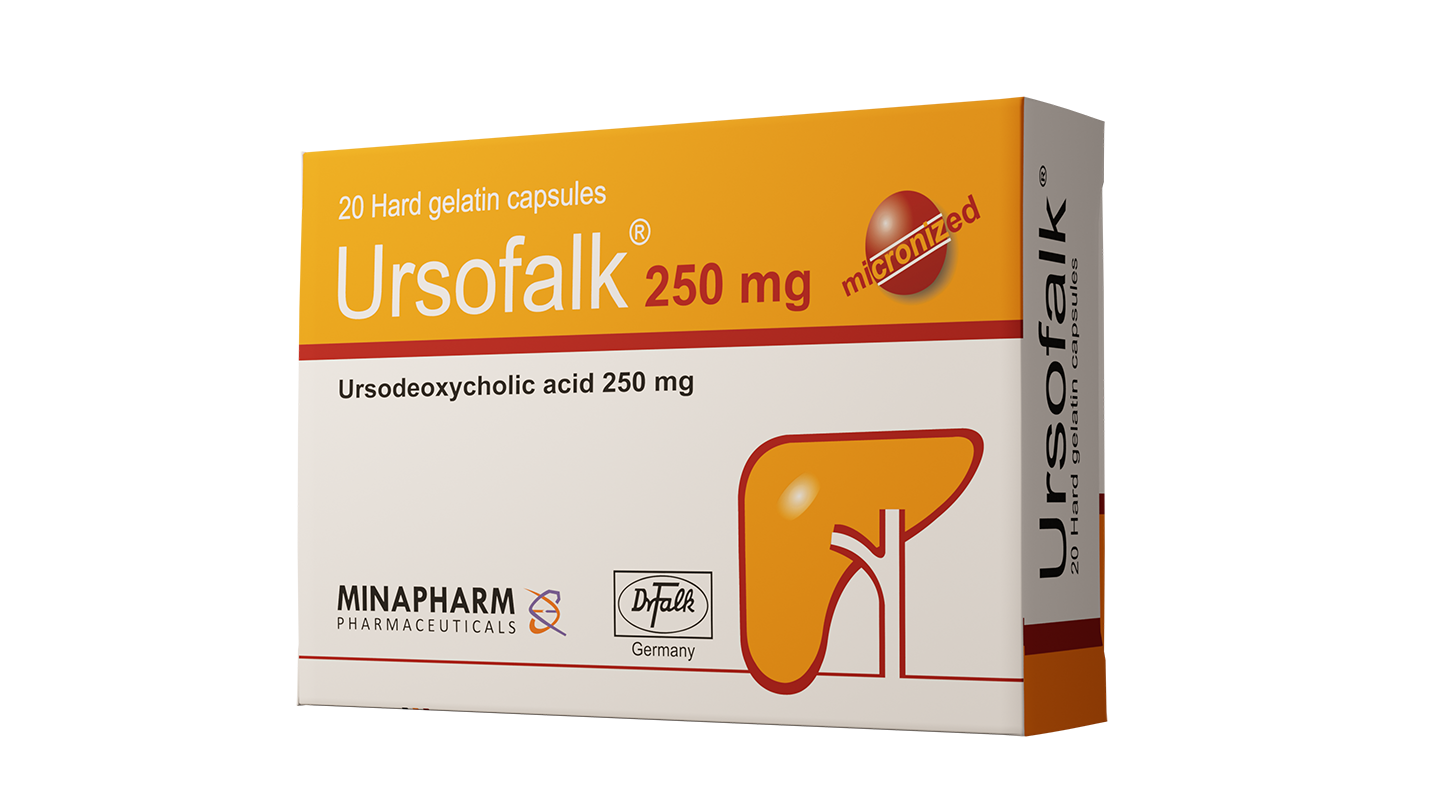
Capsules
Ursodeoxycholic acid 250 mg
Dr. Falk Pharma
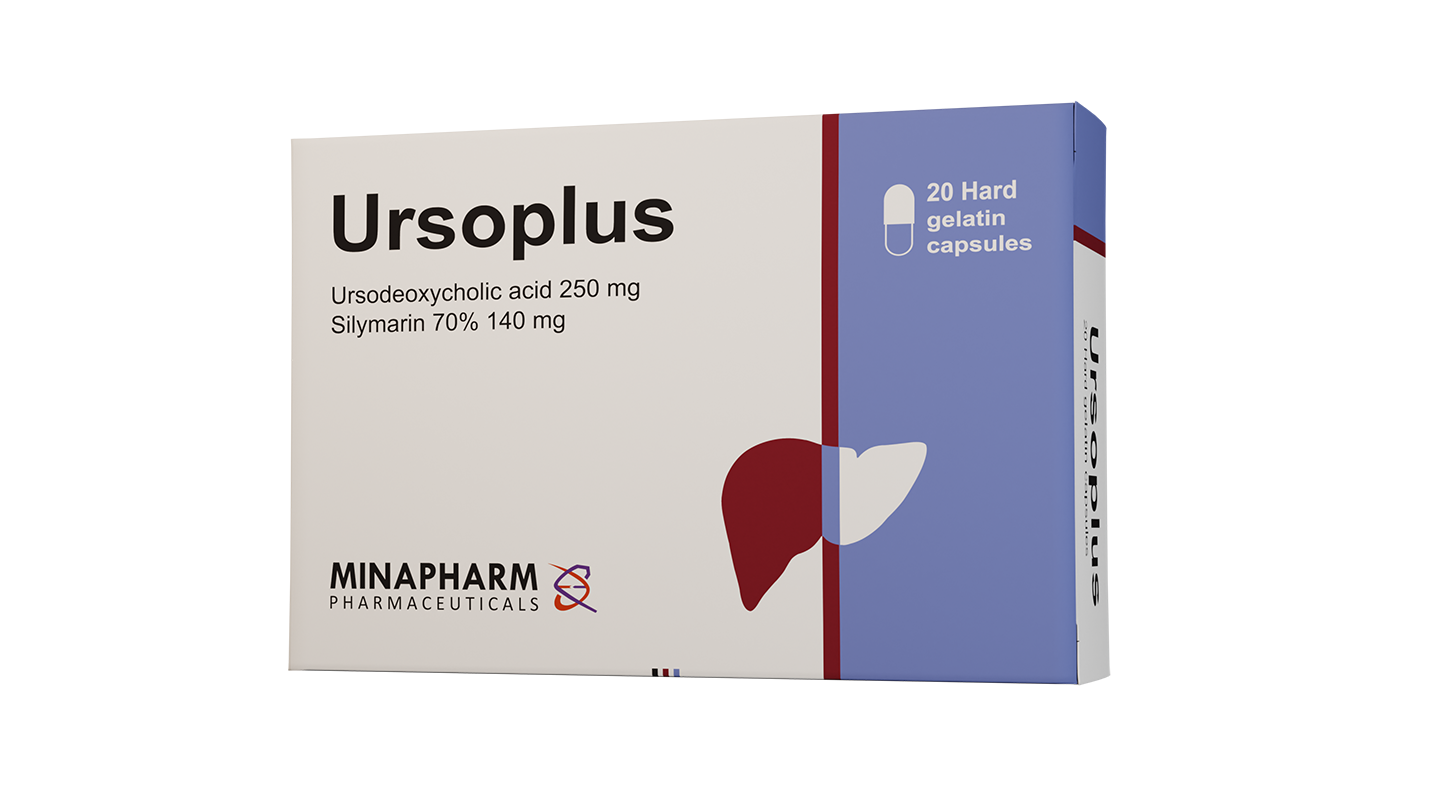
Capsules
Ursodeoxycholic acid 250 mg + Silymarin 140 mg
MINAPHARM
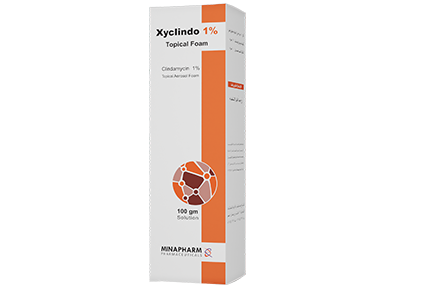
Topical Foam
Clindamycin 1%
MINAPHARM